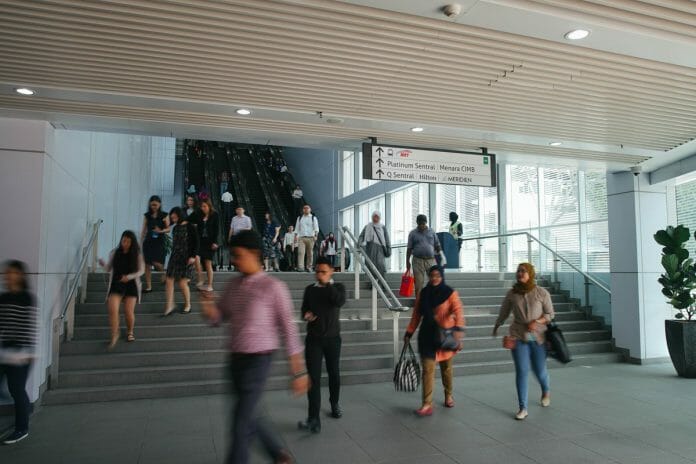Department of Statistics Malaysia has released the latest labour demand statistics based on the Quarterly Employment Survey conducted on formal private sector establishments encompassing major economic activities namely Agriculture, Mining & Quarrying, Manufacturing, Construction and Services. The principal statistics of employment presented in this report are jobs, filled jobs, vacancies and jobs created by economic activity and category of skill.
Labour Demand, Second Quarter of 2023
The number of jobs in the economic sector increased by 2.4 per cent to record 8.83 million jobs in this quarter as compared to the same quarter last year (Q2 2022: 8.62 million). Meanwhile, a total of 8.64 million jobs were filled, achieving a 97.9 per cent rate of filled jobs, which marked an additional of 209.8 thousand filled jobs compared to the same quarter of the preceding year.
The job vacancies rate was 2.1 per cent, with 189.6 thousand job vacancies, a reduction of a thousand jobs from the same quarter of previous year (Q2 2022: 191.3 thousand). Moreover, the number of jobs created edged up by 2.5 thousand to reach 31.9 thousand jobs created during this quarter (Q2 2022: 29.4 thousand).
Labour Demand by Skill
Looking at the breakdown across skills category, the semi-skilled category dominated the jobs with a composition of 62.4 per cent (5.51 million). A share of 25.0 per cent of the jobs or equivalent to 2.21 million jobs were in the skilled jobs and the remaining 12.6 per cent (1.12 million) were in the low-skilled category.
The number of skilled jobs grew by 2.9 per cent year-on-year (Q2 2022: 2.14 million). The filled jobs recorded for skilled category in this quarter were 2.16 million at 97.8 per cent rate of filled jobs and registered 49.0 thousand job vacancies at a vacancies rate of 2.2 per cent. A total of 9.4 thousand jobs were created in this category, edged up by 8.9 per cent compared to previous quarter (Q1 2023: 8.6 thousand).
Majority of the jobs were constituted by the semi-skilled category, registering a growth of 2.6 per cent on a yearly basis (Q2 2022: 5.36 million). The rate of filled jobs and vacancies for the semi-skilled category was 98.1 per cent (5.40 million) and 1.9 per cent (104.7 thousand) respectively. At the same time, the number of vacancies in this category declined by 1.3 per cent as compared to last quarter (Q1 2023: 106.2 thousand). Additionally, the jobs created in the semi-skilled category dwindled by 5.9 per cent quarter-on-quarter from 20.2 to 19.0 thousand.
Analysing the year-on-year performance of the low-skilled category, jobs increased by 0.4 per cent (Q2 2022: 1.11 million). The category posted 1.08 million filled jobs with rate of filled jobs at 96.8 per cent and 35.8 thousand vacancies with the vacancies rate at 3.2 per cent. There were 3.5 thousand jobs created in this category encompassing 11.0 per cent out of total jobs created, surged by 22.9 per cent on a quarterly basis.
Labour Demand by Economic Activity
Analysing the labour demand by economic activity, the Services sector emerged as the largest contributor of jobs by contributing 51.8 per cent with 4.58 million jobs, followed by the Manufacturing sector with 27.5 per cent (2.43 million). Meanwhile, the Construction and Agriculture sector comprised of 14.3 and 5.5 per cent respectively among total jobs. The least proportion of jobs were recorded in the Mining & Quarrying sector (0.9%).
During this quarter, the portions of filled jobs by sector followed the same trend as jobs. The highest number of filled jobs was registered by the Services sector (52.7%; 4.55 million) followed by Manufacturing (26.9%; 2.32 million) and Construction (14.3%; 1.24 million).
As for the job vacancies, it was primarily in the Manufacturing sector with a share of 56.9 per cent (108.0 thousand), followed by Agriculture (16.3%; 30.7 thousand) and Services (12.5%: 26.8 thousand). Futhermore, the highest number of jobs created was in the Services sector (51.6%;16.5 thousand) and Manufacturing ranked second (31.5%; 10.1 thousand) followed by Construction (7.1%; 3.6 thousand).









